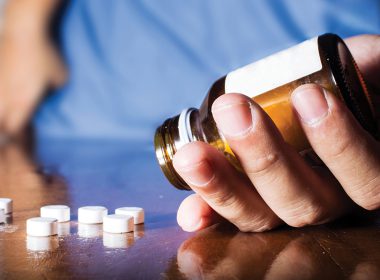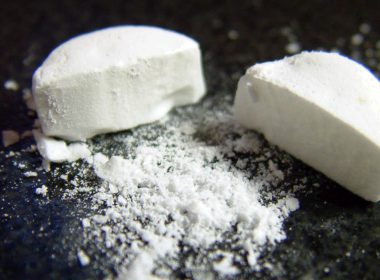If you were to run a survey in NSW today, most people of legal driving age would not be able to tell you why the law imposes a 0.05 blood alcohol concentration as the limit for legal driving capacity. It hasn’t always been that way.
When drink driving offences were introduced in NSW back in 1915, they contained the phrase “under the influence of intoxicating liquor”. Given the lack of detection technology available back then, it is understandable that no empirical cut off was put in place. The development of reliable breathalyser-type devices did not occur until the 1930s. Today, the Road Transport Act 2013 imposes a per se threshold (an empirical cut off at which a driver is presumed to be impaired) that has been reached following significant scientific advancement. Thanks to the sound and logical scientific basis on which this threshold was founded, the imposition of a per se threshold was adopted swiftly and with little backlash from the community. Random breath testing was introduced in NSW in 1982.
The approach had an immediate impact: the number of crash-related fatalities fell by 22 per cent and alcohol-related crashes by 35 per cent between 1982 and 1987.
Despite the success with which drink driving offences have been enforced in NSW, the same approach has not been used for drug driving legislation. A major issue that has come to the public fore recently is the rationale of drug driving offences that state that “a person must not, while there is present in the person’s oral fluid, blood or urine any prescribed illicit drug, drive a motor vehicle”. In its current form, drug driving offences maintain a zero-tolerance approach, making it an offence to have even minute traces of a prescribed drug in one’s blood.
A per se threshold, it is argued, would represent a fairer system, whereby the law would target those who are actively impaired and therefore pose a tangible risk to themselves and other drivers. Unlike drink driving laws, where there has been extensive research into the relationship between alcohol consumption and impairment of driving ability, there has been insufficient research into the effects of drugs on driving ability. The absence of a direct and necessary link with road safety has led many to form the view that drug driving charges are more about revenue raising and expanding the “war on drugs” than about improving road safety.
The issue recently was brought to the forefront of NSW politics when a man charged with driving under the influence of a prescribed illicit substance was acquitted on grounds that he had a genuine belief that no illicit substances were still present in his body.




